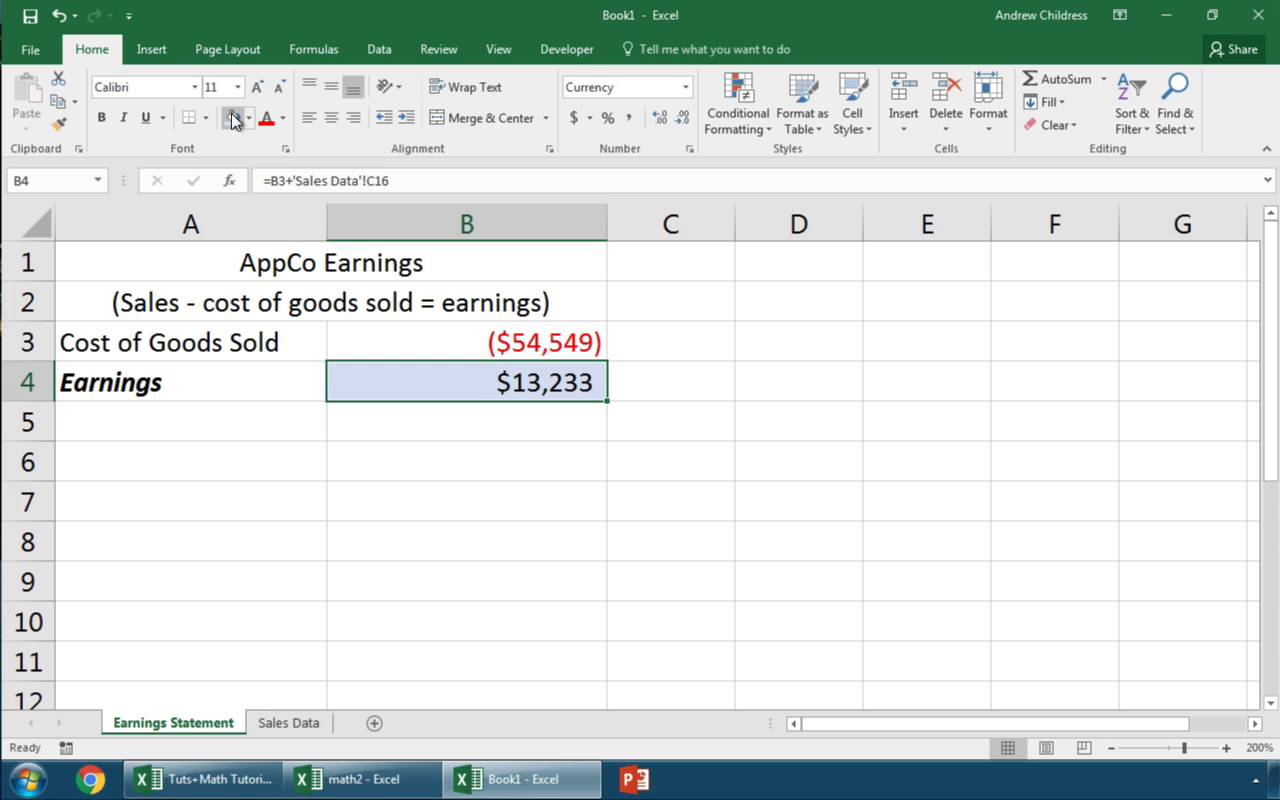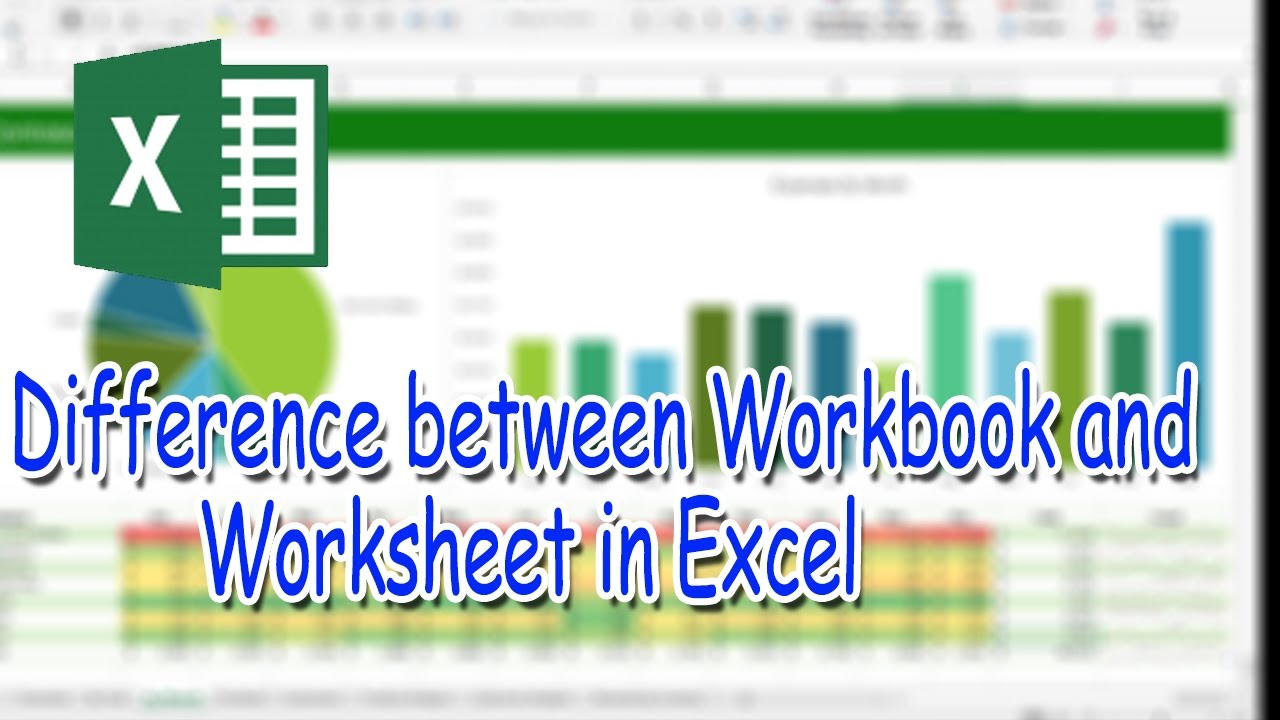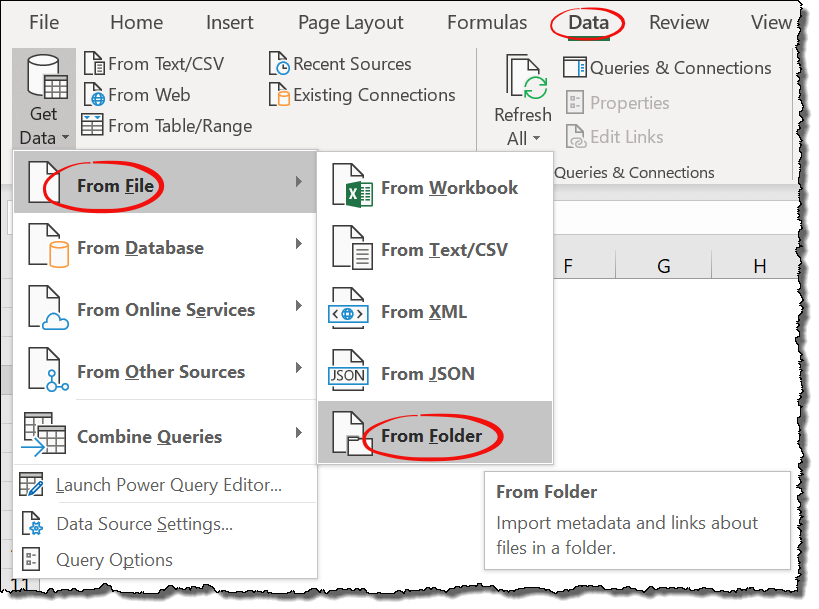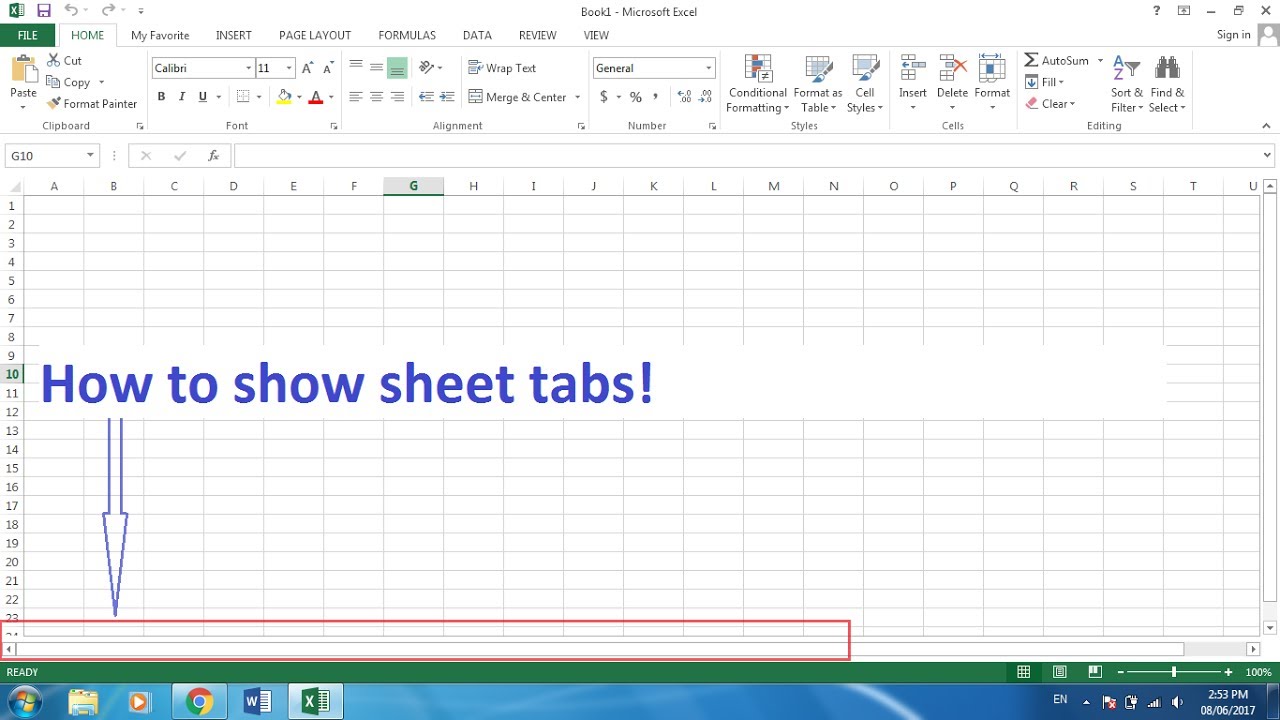How Many Sheets Can Excel Workbook Contain? Revealed!

Are you wondering how many sheets an Excel workbook can contain? As Microsoft Excel has evolved, so has its capacity for handling large datasets and multiple sheets within a single workbook. This capability has become increasingly important for various professional environments where data organization, analysis, and management are key. Let's delve deep into this topic to understand the current limits and what they mean for Excel users.
Understanding Excel’s Limitations

Excel, like any software, comes with its set of limitations:
- Memory Constraints: The amount of physical memory on your computer influences Excel’s performance.
- Hardware Specifications: The power of your CPU, available RAM, and storage also impact how many sheets you can manage effectively.
- Excel Version: Older versions have different capabilities compared to newer ones.
Understanding these limitations is crucial for setting realistic expectations and managing Excel workbooks efficiently.
Evolution of Excel’s Sheet Capacity

Microsoft Excel has seen significant enhancements over its history:
- Excel 2003: Limited to 256 worksheets.
- Excel 2007 onwards: Increased dramatically to 1,048,576 rows by 16,384 columns, but the number of sheets still varied.
💡 Note: While the column and row limits were expanded significantly, sheet limits remained more conservative until further updates in Excel 2016 and beyond.
Current Limits in Excel

Here’s what you need to know about Excel’s current capacity:
- The official documentation states that Excel can handle up to 1,048,576 rows and 16,384 columns per worksheet.
- The number of sheets in a workbook largely depends on your computer’s resources:
- On a 32-bit system, you’re capped at around 200 worksheets due to memory constraints.
- 64-bit systems can handle thousands of worksheets, theoretically up to the memory limits.
| Excel Version | Worksheet Limit |
|---|---|
| Excel 2003 | 256 |
| Excel 2007 onwards | 1,048,576 rows x 16,384 columns per sheet |

Performance Considerations

Having numerous sheets isn’t just about the limit; it’s also about performance:
- Excel files with thousands of sheets can become sluggish.
- File size can balloon, impacting load times and system responsiveness.
- Formatting, formulas, and data volume will all impact how Excel performs with a high number of sheets.
⚙️ Note: If you're dealing with a large number of sheets, consider using external data connections or splitting your workbook into smaller, more manageable files.
Best Practices for Managing Sheets

To ensure your Excel workbook remains efficient:
- Use Sheet Names Effectively: Name sheets descriptively to easily navigate your workbook.
- Group Related Data: Consolidate related data on fewer sheets rather than spreading it thin across many.
- Leverage Excel’s Navigation Tools: Utilize shortcuts and features like the Name Box to swiftly move between sheets.
- Link Data: Instead of copying data, link cells to maintain data integrity and reduce redundancy.
- Regularly Clean Up: Remove or archive old or unused sheets to keep your workbook lean.
Summing Up

Managing Excel sheets goes beyond knowing the technical limits. Understanding your system’s capabilities, the intricacies of Excel, and employing best practices can make your data management experience seamless and productive. By focusing on efficient organization, you can navigate the complexities of large datasets with ease, ensuring your work in Excel remains an asset rather than a hindrance.
Can I increase the number of sheets beyond the limit?

+
No, the sheet limits in Excel are software-imposed and based on your system’s resources. To manage more sheets, you might consider using multiple workbooks or external data sources.
Does having many sheets affect Excel’s performance?

+
Yes, an excessive number of sheets can slow down Excel, especially with large datasets, complex formulas, or on older systems. Consider performance optimization techniques like splitting workbooks or using external data connections.
How can I manage a large workbook with many sheets?

+
Effective management includes using meaningful sheet names, grouping related data, linking data instead of copying, and regularly archiving or removing unused sheets.
What are some alternatives to adding more sheets?

+
Consider using external data connections, pivot tables for data summarization, or splitting your data across multiple workbooks linked together using Excel’s external linking features.
How do I know if my Excel workbook is too large?

+
If your file size becomes unmanageable, Excel performance slows, or you encounter frequent crashes, these are signs that your workbook might be oversized. Optimize by reducing unnecessary data or using data management strategies.



